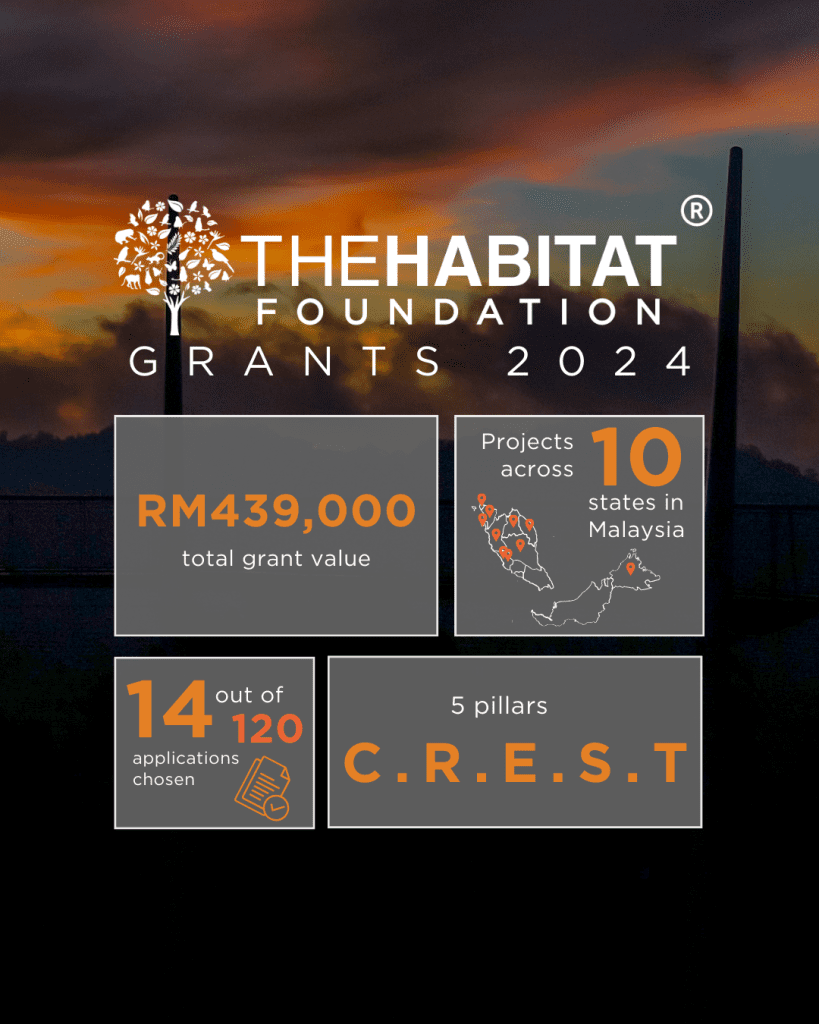Clemens Fischer, who hails from Eberwalde, Germany is a researcher that spent some time at The Habitat Penang Hill doing what he loves best, exploring the forest canopy.
Our location alongside the beautiful Bukit Kerajaan Virgin Jungle Reserve provides abundant opportunitites for students of tropical forest ecology to do research. Clemens carried out an internship with us for a few months at the end of 2019 attempting to understand the inner-workings of the forest canopy. He is a student at Eberswalde University for Sustainable Development in Germany where he is pursuing his Bachelor of Science in International Forest Ecosystem Management.
As a recipient of a Penang Hill Research Grant, his study will help us to better understand the diversity of plant and animal life in this rainforest, aspects of their ecological characteristics, and how the different layers are used.
Despite being a seasoned arborist, Clemens found that working in the Malaysian forest canopy brings with it special challenges. For one, accessibility is difficult. Since the understory is relatively crowded, it is harder to cast ropes into trees. Even when this is achieved, there are many spiky plants, like rattan, to watch out for, as well as poisonous and venomous animals!
The rewards are well worth the effort, however. The canopy vantage point allows him to better observe the differences between tree structures and closely observe the epiphytes and any animals present.


Getting into the tropical canopy requires special care to avoid thorns and creatures that might sting or bite.
With the use of The Habitat’s camera traps, it has been possible to capture footage of the species of the canopy. The cameras, which are moved every two weeks, have provided many charming clips of the animals that are mainly active at night. He also looks for signs of the presence of wildlife such as holes, hollow trunks, vertical structures acting as pathways, markings and missing bark. This provides information on the diversity of the rainforest, where species live, and how often they access the canopy. The data gathered will contribute to a global survey to describe the herbivorous behaviour of insects on leaves.
Now that he has returned to his native Germany, Clemens will begin processing some of the 360-degree images of the forest canopy. By creating a captivating virtual tour of the Malaysian rainforest, he hopes to engage people to explore the canopy remotely and raise conversation of conservation.



